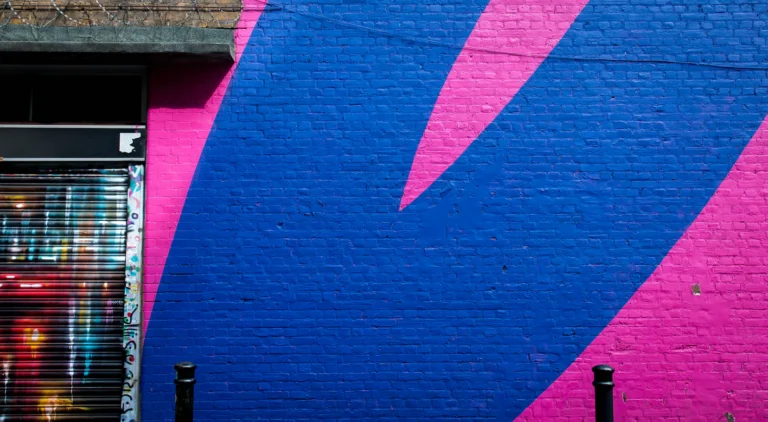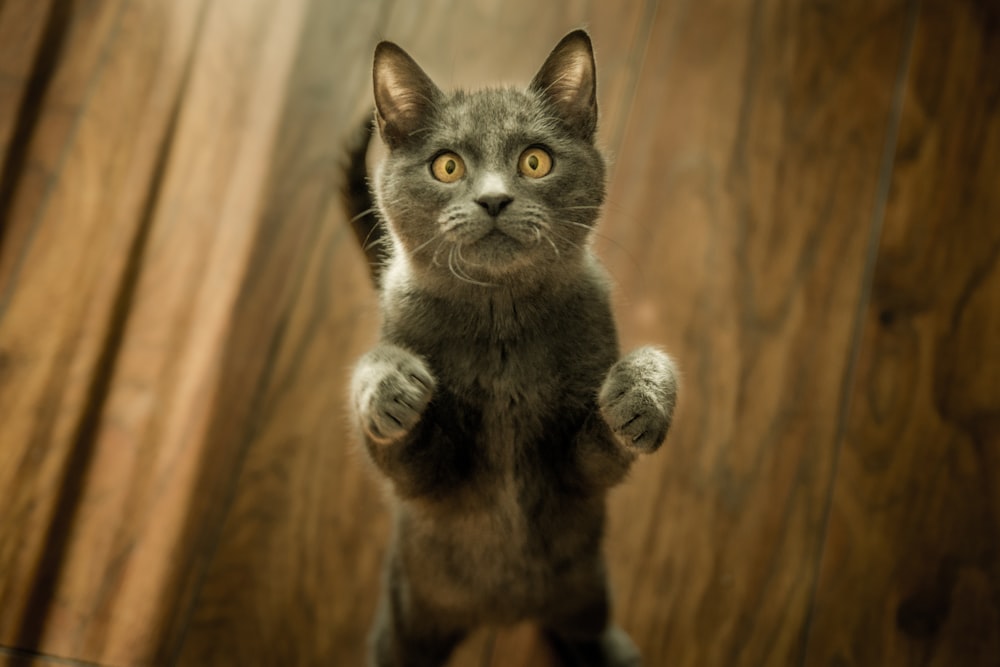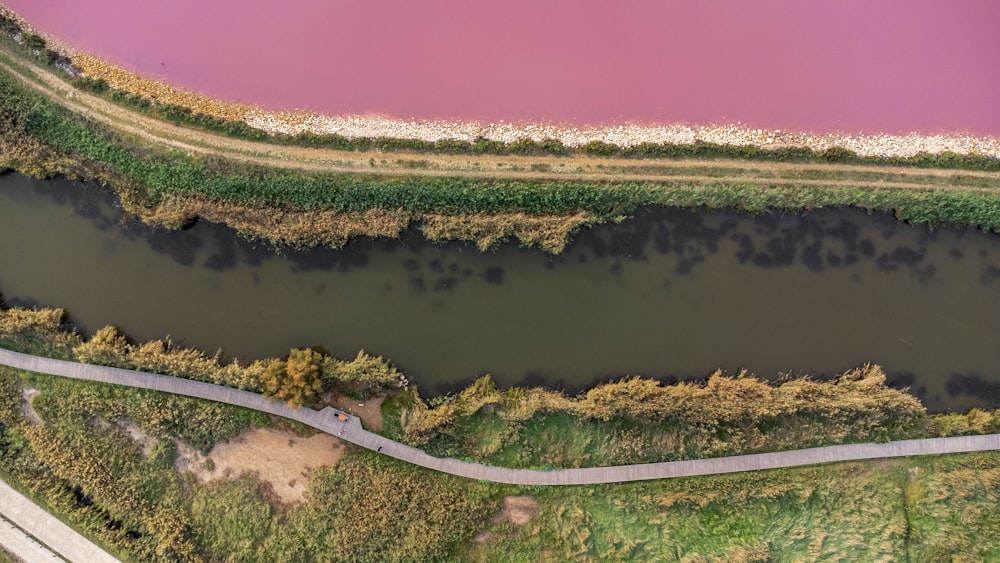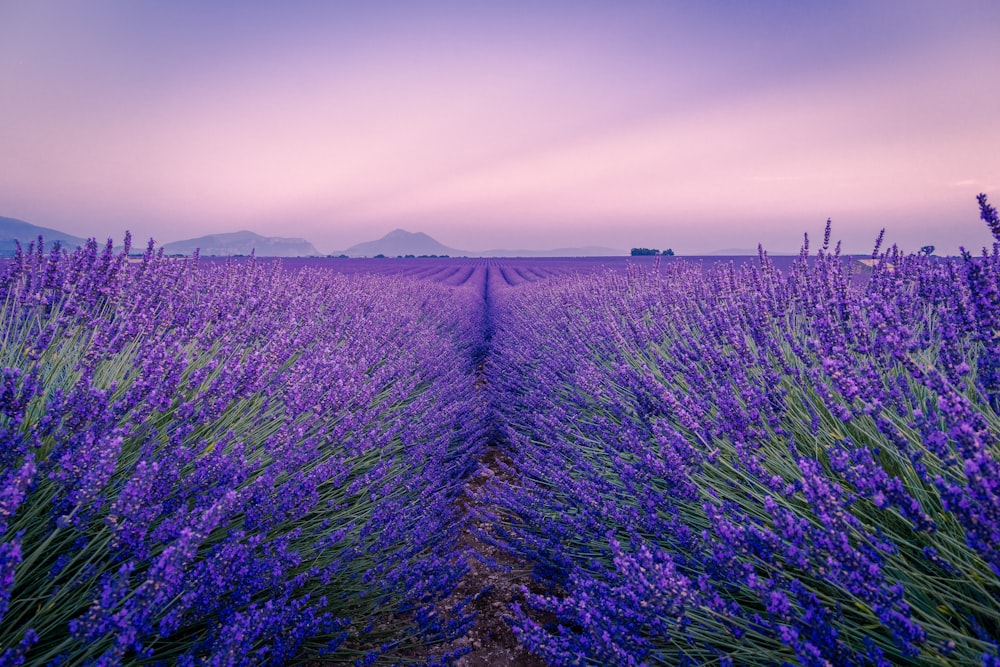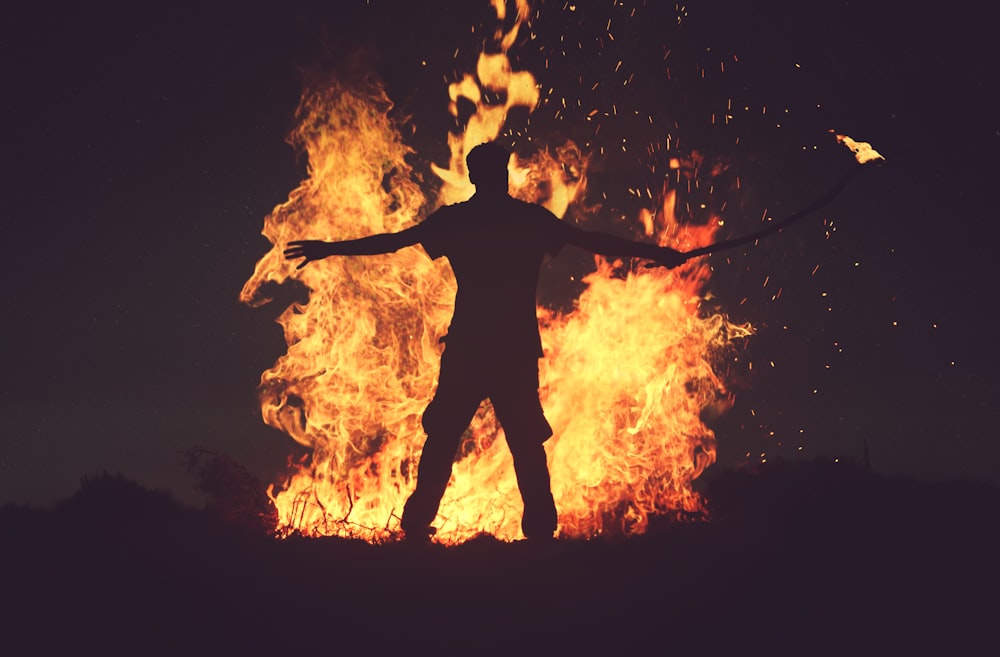It may sound harsh but let me assure you it isn’t! Culling photos is an essential step in the photography process that helps photographers select the best images. Culling is essential to improving your photography skills and delivering high-quality pictures, whether you are a professional or an amateur photographer. In this article, we will explore what is culling in photography, its purpose, techniques, and provide valuable tips for effective culling.
What is culling?
During the post-processing process, culling is a crucial step for photographers.
Using post-processing, you can enhance a photograph captured by a camera by editing the image captured by the camera. Basically, it involves either editing or culling your images to make them more appealing.
Whether amateur or expert, culling plays a significant role in delivering exceptional images to clients.
Culling is defined as “selecting from a group” and “reducing or controlling the size.”
So What is Culling in Photography?
During the process of selecting their best images, photographers pick out the most powerful images from their photo session. Following that, the client will receive edited images. The culling process is always part of photography, regardless of the type.
When you capture thousands of images during a shoot, culling images manually can take a long time. To speed up your workflow, you need to select the right photo culling software.
The Purpose of Culling
Curating images for storytelling or conveying a specific message is the primary goal of culling. Photographers can achieve greater visual appeal, cohesion, and impact by removing unnecessary or subpar photos. By reducing the number of images to be edited, culling streamlines the post-processing workflow.
Why is Photo Culling Important?
Professional wedding sessions can take between 2,000 and 3,000 photos. You experience the never-ending scrolling through photos as you prepare to edit and upload those images.
The following are some ways that culling streamlines your process:
- Getting rid of poor images at the beginning of the workflow
- Optimizing your editing time by selecting only the best images
- Providing your clients with faster results
Firstly, let’s discuss the importance of clarity in images before diving deeper into the culling process.
What is the Purpose of Clarity in Photos?
During the culling and editing process, image clarity is crucial. The sharpness of your photos is important.
You would like to add something to the post-processing phase to make the pictures more clear and sharp. While good technique is indispensable during the capture phase, you would like to improve the pictures in post-processing.
How can you add that extra crispness to make your pictures pop? You may already be sharpening, but how can you add that extra crispness? Clarity is the answer.
You can also enhance your images in Lightroom by using Clarity Slider, an excellent spot tool. The software can also be used in the photography industry to adjust specific parts of the image accordingly.
In Lightroom, you can use Denoise AI to reduce noise in your photographs.
There is no standard workflow or method for photographers. Each photographer handles each step differently. The more you learn about your business, the more you will be able to develop a workflow that matches your style and the industry standard.
In any case, this will give you a sense of what needs to be done to deliver the final product to your clients in a timely manner following the shoot.
Factors to Consider during Culling
A number of factors should be considered when choosing these compositions, such as exposure, focus, sharpness, color accuracy, and overall visual impact. Furthermore, photographers assess images according to their intended purposes, such as portraits, landscapes, or event coverage. Making informed decisions during culling requires a clear understanding of the intended use.
The Culling Process Step-by-Step
The first step is to cull, then edit
Depending on how many images you have, you may need to cull them between two and three times. Be sure to finish culling before you begin editing. The photos you’re going to throw away later don’t need to be edited.
The second step is to input Metadata
You can save time later when editing or delivering the final set of photos by embedding metadata or brief information such as name, place, and time to the set of images.
The third step is to establish your process
As more skills are learned from each culling session, it might take a few sessions. The tips and tricks you learn will help you improve your culling process, which will ultimately lead to an optimized workflow.
Culling and Post-Processing
To create stunning final images, culling and post-processing work together. In the post-processing phase, the selected images are adjusted, corrected, and enhanced to create the final image. By focusing on only the best images, culling reduces the workload during post-processing, resulting in a more productive workflow.
What are the best ways to organize thousands of images before you cull them?
To prevent your RAW files from being scattered across your hard drive, you need to decide how you want to organize and sort them.
In addition to assigning stars to favorite images, wedding photographers organize their photos into color groups and create personalized image groups.
The folder for each year might be the best place to start, and you can create subfolders for events, clients, specific locations, and so on.
A system can make downloading and editing images much easier, but it’s important to get organized before you begin.
Be sure to include your feature images when you are choosing your best images to send to your client. A feature image is the best of your images.
Your clients will go “Aw…” and shed a tear of joy if you capture their mother’s reaction when she sees their daughter in the wedding dress for the first time. You’re making money with these images!
How does Automated Culling Differ from Manual Culling?
Here’s what you just did: Your shoot resulted in 900 photos. You are split in two when you view so many photos. You are culling and editing them simultaneously.
Culling your photos manually begins by finding a photo you like and editing it for a few minutes, and then culling begins again until you find another photo to edit, etc.
As a result, your train of thought keeps getting broken; frustration sets in slowly!
Post-production must therefore be managed effectively and efficiently, even if it involves investing in software that will help you save time and gain more business.
A happy client is one who receives results as soon as possible. You know what it means to have happy clients, which means more referrals, which means more business.
What is the Best Way to Cull Photos?
You can save time by removing duplicates, removing unclear photos, arranging images in desired folders, and eliminating duplicates from your post-processing workflow by using software.
Imagine that you are thinking about starting a wedding photography business.
If that’s the case, then you must accept post-processing as an industry standard, and you will certainly need to find a way to process those 200-300 images per day!
Post-processing can be sped up with Aftershoot by removing all the duplicates and unwanted photos that would take you countless hours to manually remove.
Tips for Effective Culling
The following tips will help you enhance the culling process:
- Before starting the culling process, create a clear vision for the final result.
- The images should be chosen for their technical excellence as well as their emotional impact.
- Keep your focus and avoid decision fatigue by taking breaks throughout the culling process.
- To gain a different perspective on your choices, ask trusted peers or mentors for feedback.
- Refine and improve your culling process on a regular basis.
Common Mistakes to Avoid in Culling
Despite the importance of culling, it is important not to make these mistakes that will prevent you from selecting the best images. You should avoid the following mistakes:
- A bias in the selection process can result from being too attached to certain images.
- By ignoring minor flaws that can be corrected in post-processing, an image can be overlooked for its potential.
- Using images without considering their intended purpose or target audience.
- Not giving each image the attention it deserves during the culling process.
- The initial selection is not revisited and reevaluated to ensure the best images are selected.
FAQs
How long does the culling process usually take?
Photographers’ personal workflows, the number of images, and the complexity of their shoot can all affect the duration of the culling process. Based on how detailed the scrutiny is and how experienced the photographer is, it can last anywhere from a few minutes to several hours.
Is culling necessary for all types of photography?
The purpose of culling is to select the best images and maintain a high level of quality in most types of photography. Depending on the genre of photography, however, the extent and complexity of the culling process may vary.
Can I outsource the culling process?
Yes, many professional photographers choose to outsource the culling process to specialized services or skilled assistants. As a result, photographers can focus on other aspects of their work instead of wasting time on selection. Outsourcing can save them time and provide them with a more objective approach to the process.
What happens to the rejected photos?
Photos that are rejected are usually stored separately from those that are selected. According to the photographer’s preference and how important the images are to them, they can either be archived for future reference or deleted to free up space.
Final Thoughts
Let’s be clear, we all think our photography is fantastic and find it hard to discard photos that we have taken. Photography is also a matter of opinion, some may like the photos, others may not.
Choosing and showcasing a photographer’s best work is an integral part of culling. An image collection carefully curated by a photographer can convey their intended message, captivate viewers, and enhance their portfolio as a whole. In order to improve selection quality and streamline post-processing workflow, culling techniques and avoiding common mistakes need to be implemented.

